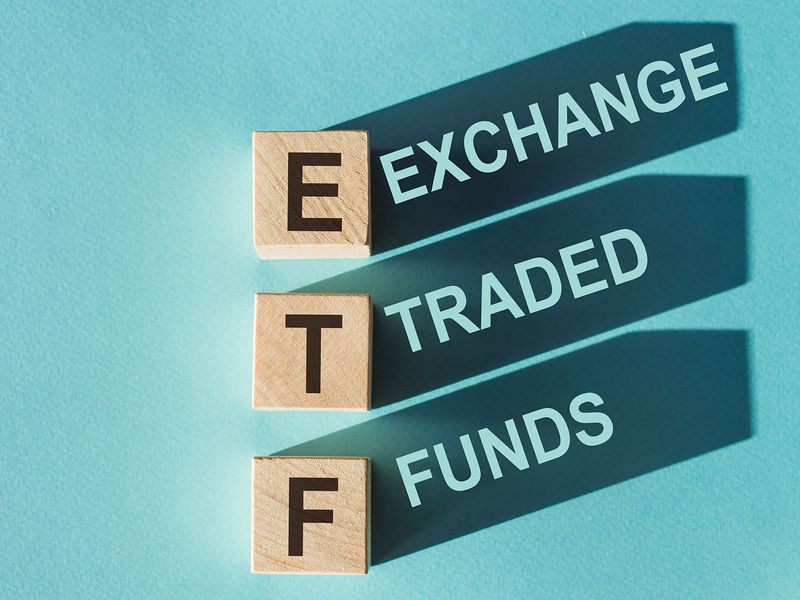DeFi Is Just Like the ICO Boom and Regulators Are Circling
(Karsten Wuerth/Unsplash)
Donna Redel is the former chairman of COMEX, a board member of New York Angels and an Adjunct Professor of Law at Fordham Law School. Olta Andoni is an Adjunct Professor at Chicago-Kent College of Law and Of Counsel at Zlatkin Wong, LLP.
A corner of the crypto universe representing less than 1% of total market capitalization of crypto assets has been grabbing the headlines since June. This is the world of decentralized finance, or DeFi, which alternatively is referred to as the center of innovation, an experiment or the new wild, wild west where projects move fast and break things.
A recent glance of articles on CoinDesk demonstrates the phenomenon. Once again, crypto headlines are focusing on the “craze,” the “frenzy of yield farming,” “investors pouring money into” and “another protocol going up in a fireball.”
Will the nonstop headlines and framing around the “hot” new DeFi protocols chill the institutional adoption that is beginning in earnest for crypto, digital assets and blockchain technology?
We believe that, at a minimum, the industry needs self-regulation. Without it, it is on a trajectory to serious regulatory scrutiny and reputational risk.
We are not the only ones to express concern about DeFi. Vitalik Buterin tweeted Aug. 14:
Also, Robert Leshner, the founder of Compound, a leading DeFi project, said of the yield farming craze recently:
As with almost everything in crypto, the strong sentiments and opinions make it difficult to determine the true essence and reality around the majority of DeFi projects. For us, this refrain is reminiscent of 2017’s frothy initial coin offering (ICO) days that ended badly for the good names of blockchain and crypto.
There are certainly similarities: trading frenzy; projects emerging with little or no testing and without audit; no clear regulatory guidance and the recycling of ETH now leading to inflated gas prices. Are we on the precipice of one of the regulatory agencies waking up and sending a missive similar to The Dao Report?
On the legal front, there is a lack of clear consensus about which agency should be regulating. And, again, there is a lack of guidance from multiple agencies that could be responsible for DeFi projects or for the space generally.
We are alarmed and concerned with the apparent lack of 360-degree understanding of the potential role of the various actors or operators and their possible interactions with the projects, the governance and hence DeFi ecosystem. Tokens are appearing overnight. Projects are hesitant to use, or totally avoid, terminology that might infer “issue,” “issuance” or “issuer,” as these are hypersensitive words in the securities world.
Calling a project an “experimental game” or an “innovation” is not sufficient to take it out of the regulatory ambit. The focus is shifting from securities regulation of “the issuer” and the Howey Test prevalent during the ICO days and after, to more complex analysis of the application of commodities regulation, questions relating to who is the “controlling stakeholder(s)” and whether liability or responsibility falls on them.
Many questions, from a perspective of both securities law and commodities laws, should be examined anew to see how they may be applied to, as well as reimagined for, a disintermediated-decentralized financial model.
The outstanding questions include whether the “controlling stakeholders” are determined by voting control on DeFi platforms, who among the investor group and founders who has voting control, and whether there should be standards for exchange listing.
Furthermore, it remains to be seen whether defining these projects as “decentralized” puts them outside of the regulatory reach or whether the “centralized” ones should be referred to as “disintermediated finance” – aka the ability to conduct secure financial transactions directly, without the use of financial intermediaries.
Calling a project an ‘experimental game’ or an ‘innovation’ is not sufficient to take it out of the regulatory ambit.
Despite the regulatory uncertainty, traders, projects and exchanges are going full steam ahead, with the result that tokens run high risks of unwarranted price changes, which impacts governance, liquidity and the well-being of the projects.
The mid-March meltdown of Maker was a warning to all about systemic risk and leverage. DeFi’s leverage and exposure to ETH has resulted in price escalation that compromised the governance voting for the projects, thereby necessitating a revamp of governance procedures. Some are optimistic about ETH’s rising price but are higher gas fees and network congestion compatible with DeFi’s long term goal of the democratization of finance?
In our view, the DeFi experiment demonstrates the need for creating a new set of industry rules: audits, proper risk disclosures and planning to anticipate what could go wrong before it actually happens. DeFi self-regulation should normalize collateral sufficiency reviews, auditing standards, governance both on an ongoing and crisis basis as well as the distribution-centralized ownership of tokens.
A DeFi sandbox organized with the appropriate regulators would be a pathway to validation without excessive volatility or velocity of assets locked up principally due to “yield farming.” Experiments should grow at a measured pace which is the sandbox approach, where “experimental” projects would be launched and the community’s participation would be monitored.
An example of DeFi chaos is YAM, a project with an unaudited code, claiming to be a stablecoin, which made headlines for its rapid boom and bust all within 48 hours. With respect to stablecoins, we should remember regulators are still considering their status. Valerie Szczepanik, the Securities and Exchance Commission (SEC) senior adviser for digital assets, has said that certain types of stablecoins “…could raise issues under securities laws.”
Additionally, the IOSCO (International Organizations of Securities Commissions) report indicated stablecoins could be securities. We need both specificity on a national and global level including from the G20.
Governance is central to many DeFi projects and definitely a component of regular finance that is looking for reformation. Unfortunately, crisis governance has become too frequent in DeFi. Many of these projects rely on governance protocols where a very small group of participants are able and/or pressured to change the protocol.
It remains to be seen how a regulatory loophole in which these tokens are created, distributed and traded all without regulatory supervision will play out. At least with a modified Safe Harbor, proposed by Commissioner Hester Peirce, and which we commented on earlier this year, the SEC would have some oversight. For the moment, tokens in the DeFi are appearing daily and the explosion of tokens is leading to a distortion of purpose and “investors” are getting burned as projects implode.
Disclosure
The leader in blockchain news, CoinDesk is a media outlet that strives for the highest journalistic standards and abides by a strict set of editorial policies. CoinDesk is an independent operating subsidiary of Digital Currency Group, which invests in cryptocurrencies and blockchain startups.









